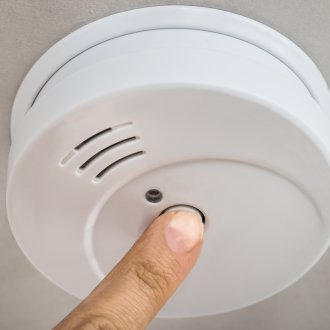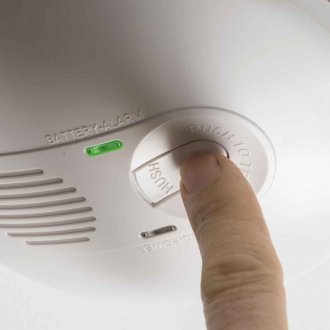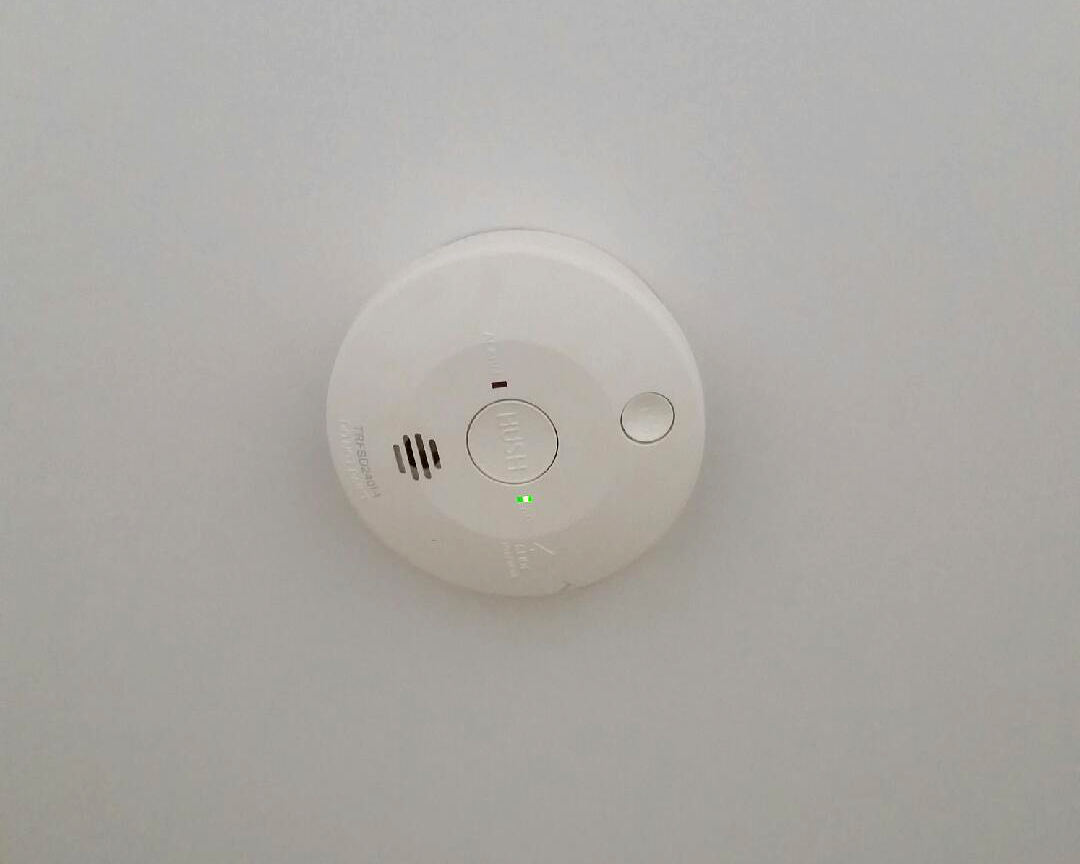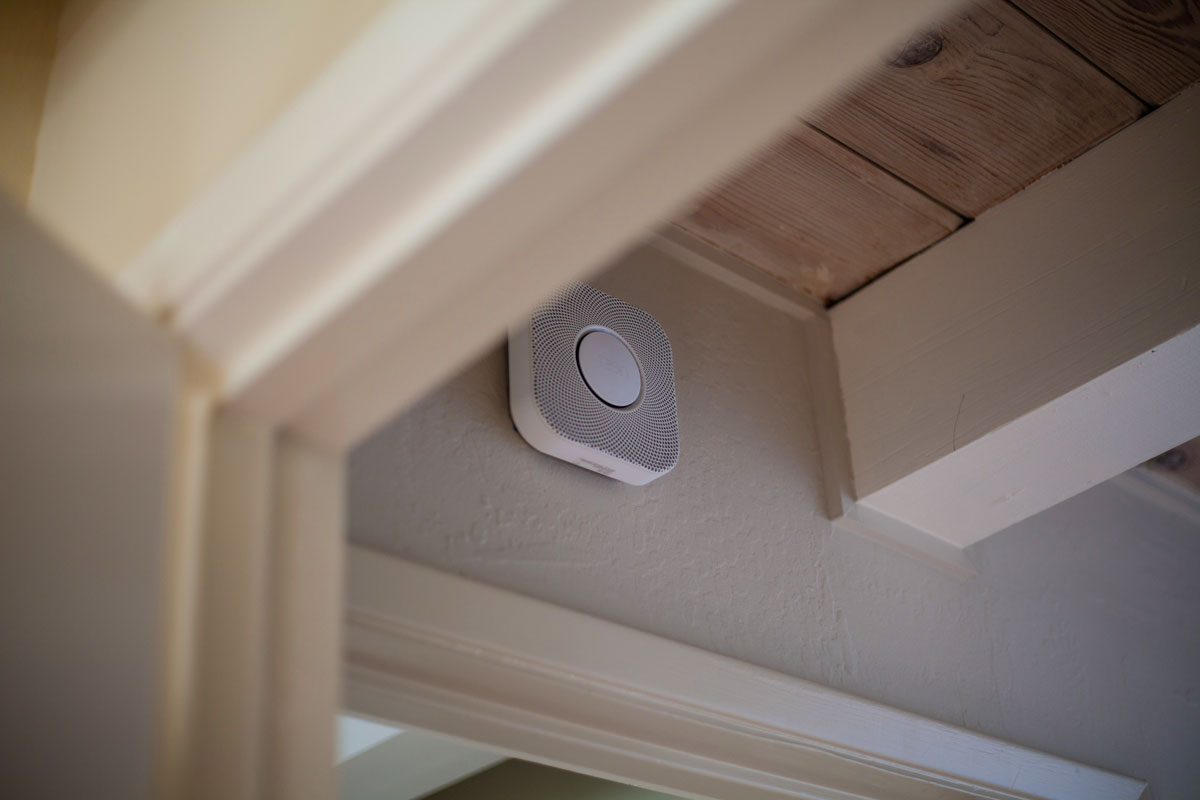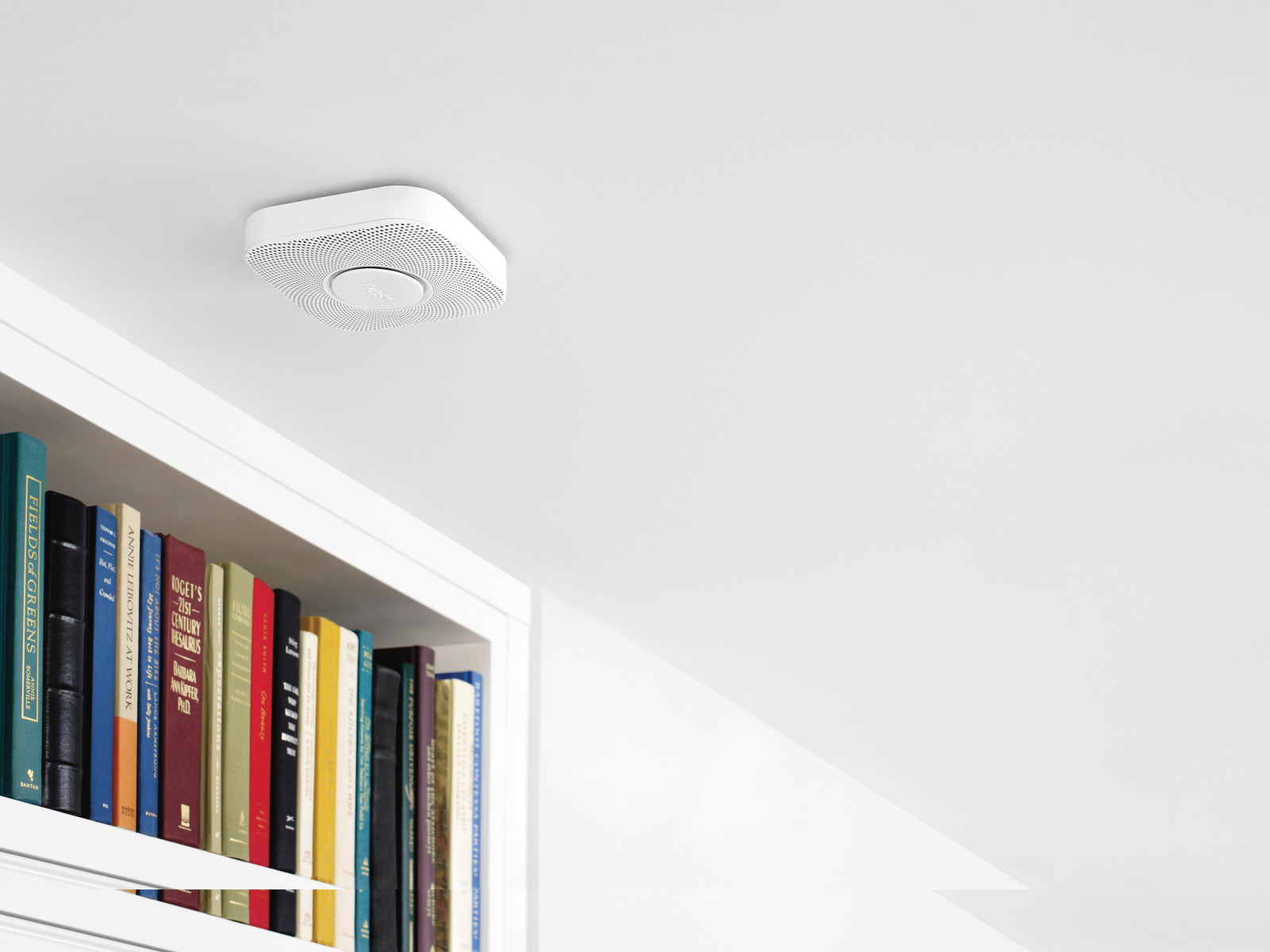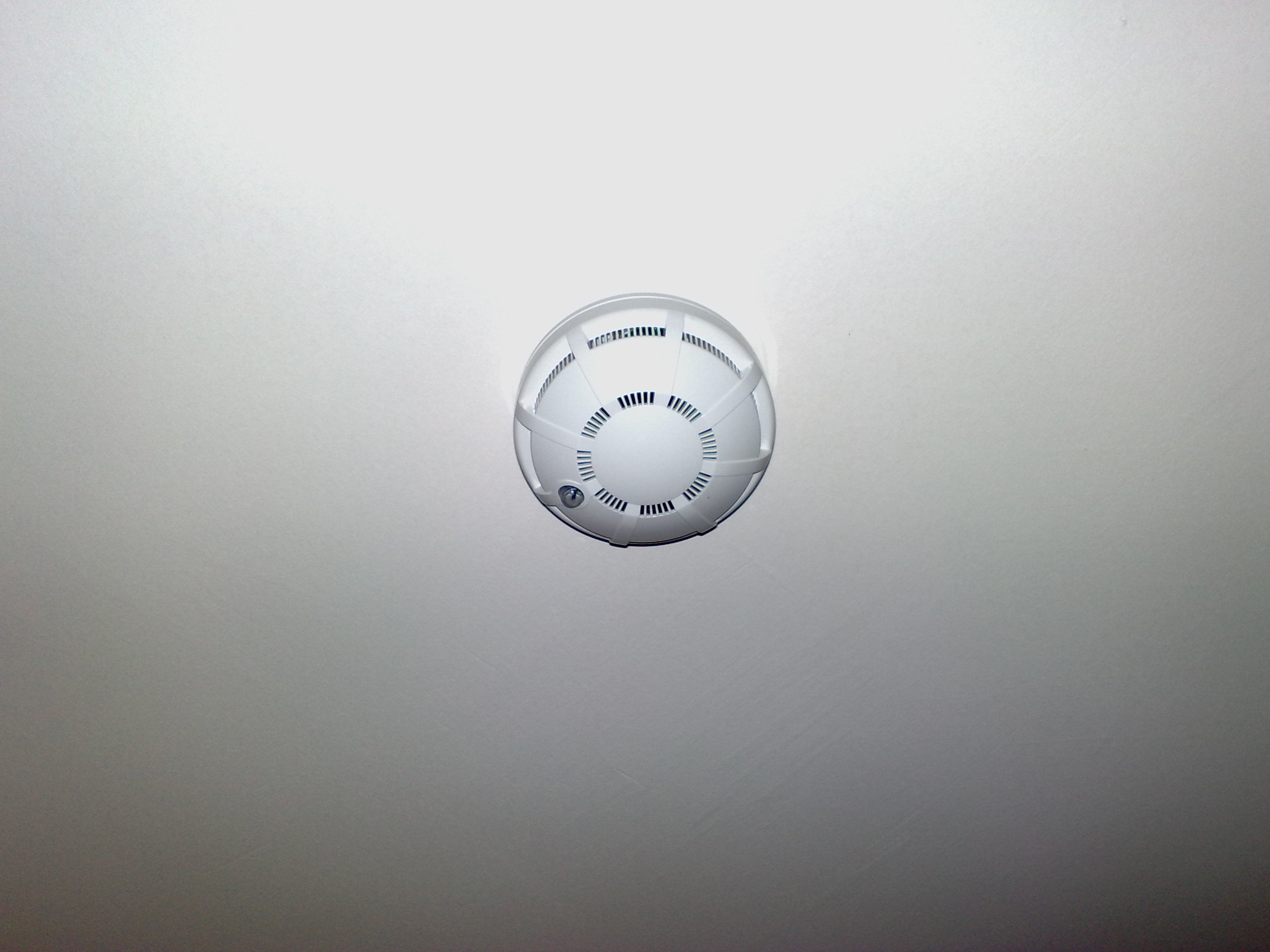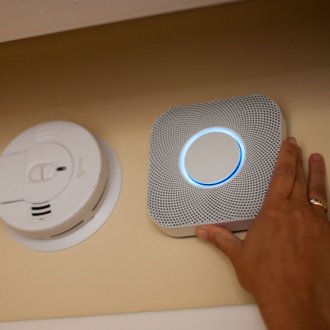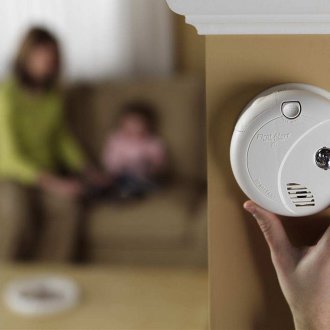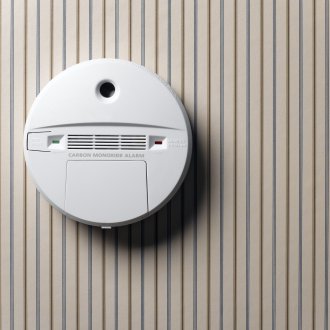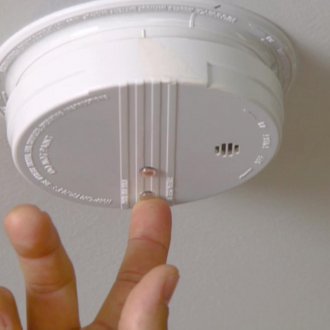Features of the choice and installation of fire alarms in the apartment
Content
Installation of fire alarms in residential premises is becoming an increasingly popular service. The number of fires in apartments is increasing every year, and in order to protect themselves and their property from fire, experts recommend putting a high-quality fire alarm. However, it must be understood that the fire alarm system in an apartment has its own installation and operation features, and only their observance guarantees the safety of an apartment building.
Features of the fire system
Fire-fighting equipment, which is installed in an apartment building, works almost the same as industrial equipment:
- Sensors are installed throughout the apartment that try to detect a rise in temperature, cloudiness, or a burst of thermal radiation.
- When a potential threat is detected, data is transmitted to the central console, which issues commands to the notification unit and the communication system.
- Then the light and sound warning system turns on. It allows you to wake the residents of the house to start the evacuation process as soon as possible.
- The sensor can also transmit fire information to the fire station console or activate fire fighting equipment in the house.
The most efficient equipment combines both a smoke detector and an alert unit. In residential multi-apartment buildings, it is recommended to install systems that combine all the apartments. This will increase the chance of evacuation to residents of the upper floors.
Designing an alarm in an apartment
The installation of an alarm system in an apartment should be made in such a way as to effectively detect a fire and instantly report a dangerous situation to both residents of the house and firefighters, therefore only experienced specialists who can take into account all the nuances should design an alarm. For installation of fire-fighting equipment in apartments, you should contact the organization that has a certificate for such work issued by the relevant regulatory authorities.
Designing alarms begins with the calculation of the volume and area of the living space. Information should be supplemented by temperature and humidity. After that, a plan for installing sensors is being worked out so that they cover all rooms.
The result of the design of an apartment alarm is a circuit that includes an accurate indication of the location of the sensors, the mains of the power supply network and the localization of the installation of the control panel. Using the scheme will allow you to install the system quickly and efficiently.
Sensor Selection Rules
When choosing fire sensors, the following characteristics should be considered:
- Speed reaction. The best solution is equipment that captures not only fire, but also smoke.
- Appearance of the case. When installing an alarm system in residential buildings, not only its functionality is important, but also the presentable appearance of the case. It should fit into the overall interior of the room.
- Service. The alarm will not be used by professional electricians, but by ordinary residents of the house, so its maintenance should not be difficult.If necessary, it should be possible to independently change the batteries in the sensor or clean its body from contamination.
- Efficiency. The most important requirement for alarms is their ability to control a specific area. This indicator should coincide with the size of housing.
An emergency call button is recommended. This greatly enhances the effectiveness of the fire alarm.
For installation in apartment buildings, the following sensors are recommended:
- Ceiling heat, which record an increase in ambient temperature;
- ceiling and wall infrared, detecting the presence of smoke by the reflected signal;
- ceiling, which detect the presence of smoke and temperature increase, and at the same time are equipped with a light and sound warning system.
In a private house or apartment, the best solution is to use combined sensors. At the same time, wired devices can only be installed during repairs, so that it is possible to hide the wires for power and communication. Wireless sensors are mounted at any convenient time. They are able to pick up all kinds of threats, and need only periodic battery changes.
Features of installing a fire alarm
Installing a fire alarm in a residential apartment or private houses includes equipping with separate sensors all areas of the room, so the sensor should be installed in the kitchen, in the bathroom, in the corridor and in all living rooms. However, in some cases it is possible to close several zones with a single device.
When installing a fire alarm, it is necessary to insist on natural heat sources. In this case, we are talking about batteries, electric heaters, a gas stove and an oven. Equipment must ignore heat from these devices in order to accurately detect a fire.
Infrared sensors can respond to electromagnetic radiation from routers, speakers, microwaves and other modern equipment, so calibrate the sensors only to professionals. Otherwise, private false positives are possible.
It is also recommended that you install an emergency call button. This button will transmit a fire alarm if the alarm system does not work.
For apartments and private houses, it is recommended that sensors be arranged at the repair stage. Before installing them, it is necessary to lay the wires for power and data transfer. This will allow data to be transferred to the rescue service. It is better to use a low voltage line for power. After mounting the wires, they must be putty and finish the walls and ceiling.
If the decision to install a fire alarm came after the repair, it is better to limit yourself to wireless sensors. They are fastened with screws, dowels and bolts. Communication with the base is via radio, and batteries are used for power. Periodically, the owner will have to change the batteries in the device, and test the quality of the radio connection.
